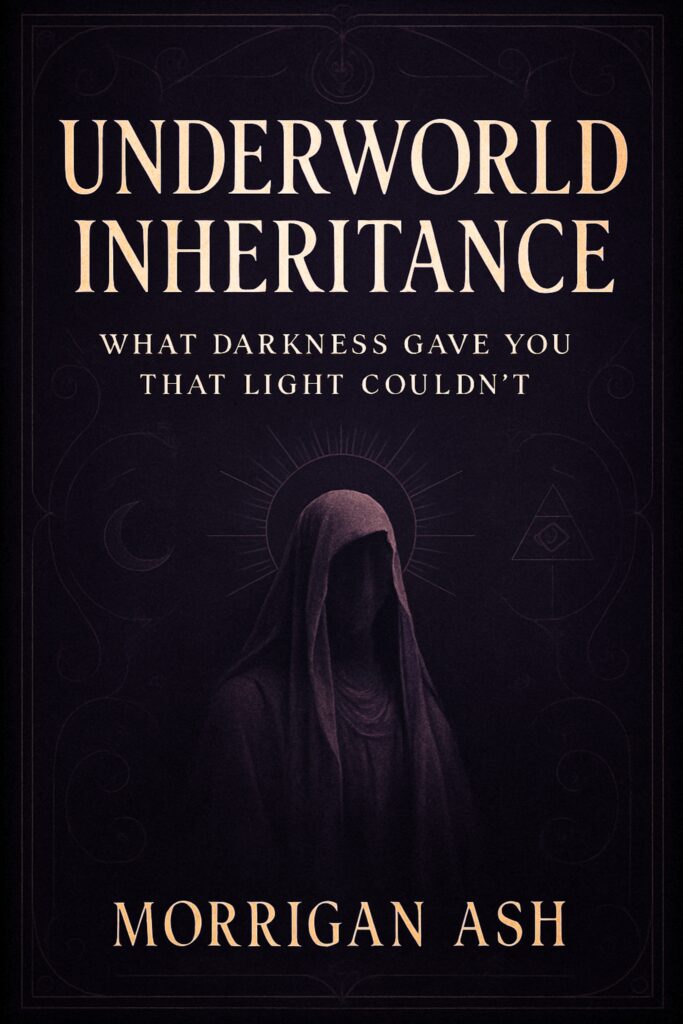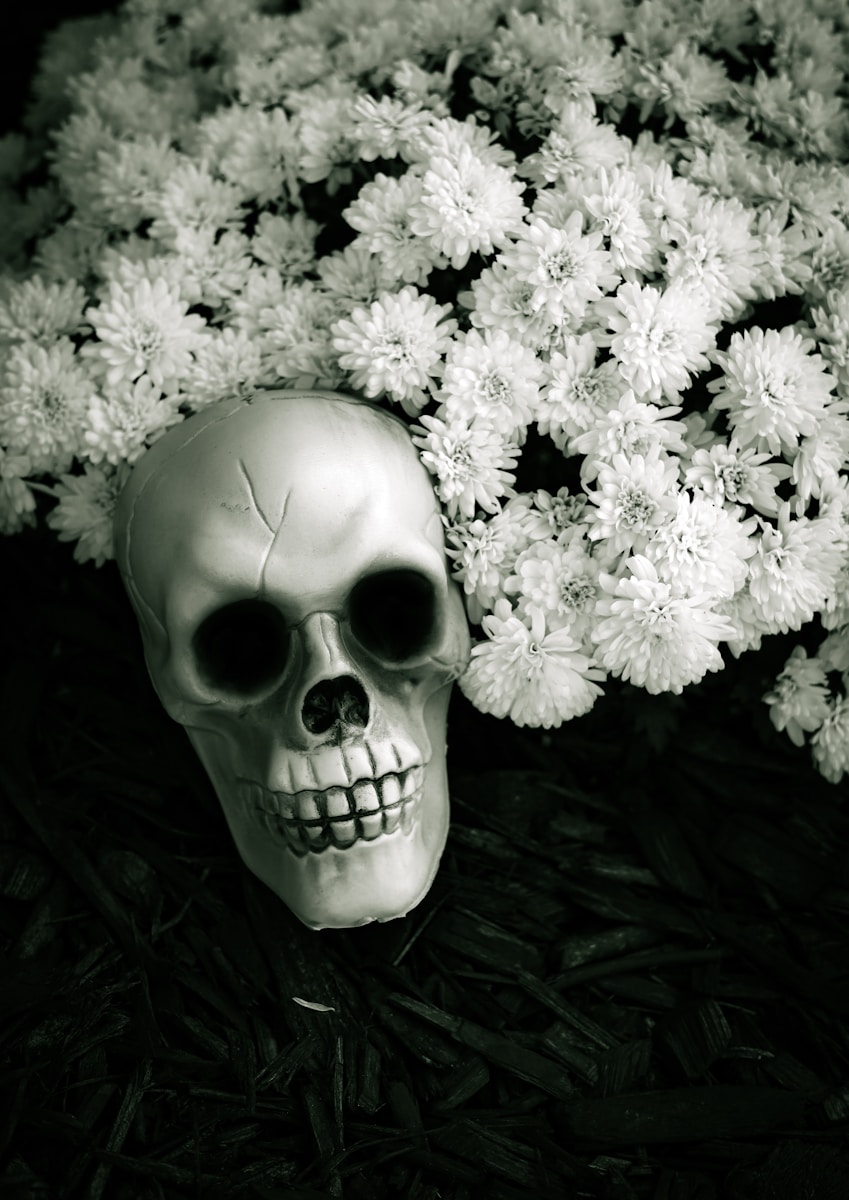Purity is a lie dressed in light. It is the myth that there is a single, unspoiled ideal — spiritual, moral, physical — that one must strive toward. We see it in gold-rimmed moral codes, in religious doctrines, in wellness industries preaching “clean living,” in people chasing seamless personas. But purity is not a path to power. It is a prison. Because purity demands uniformity, denial, and eternal vigilance — and in its shadow dances corruption.
The myth of purity whispers: avoid the ugly parts of yourself. Hide the desecrated, the broken, the shameful. But what remains when you have hidden everything? A hollow shell.
Purity as Control, Not Freedom
Purity is often dressed as virtue. But at root, it is control. It demands conformity to an ideal, submission to an invisible standard, fear of transgression. When purity becomes your goal, you turn your gaze not inward in self-acceptance, but outward toward the mirror of judgment.
Purity demands you kill what is alive — your impulses, your desires, your wildness. It demands perfection. And perfection is stagnation, not growth. The myth of purity seduces with its promise of transcendence, but its cost is fragmentation.
The Shadow Self and the Hidden Altar
The parts you are told to hide — shame, rage, desire, failure — they don’t vanish. They accumulate in shadow. They gather behind closed doors, in the body, in dreams. Purity draws a line: “Keep this side clean.” But everything you reject becomes a hidden altar.
That altar has power. The anger you don’t permit becomes bitterness. The shame you deny becomes narcissism or addiction. The desires you suppress become obsessions. The myth of purity tells you to bury your wound. Transformation teaches you to excavate it, to make its stones into magick.
Why Purity Equals Isolation
Purity isolates. If you believe “pure” people are better, then impurity becomes contamination. You cut off parts of yourself. You cut off parts of others. You begin to measure love, relationship, self-worth by whether someone or something meets a standard of purity.
You become alone in your “goodness.” Because purity does not build bridges. It builds walls.
The Occult and the Impurity Threshold
Occult traditions often recognize impurity as threshold: the edge where transformation occurs. The nigredo of alchemy is putrefaction; the descent into darkness before rebirth. The myth of purity tries to avoid nigredo. It despises the rot, refuses decay, rejects breakdown as taboo.
But true power comes through descent. Through fear. Through exposure. Through rupture. Because only in chaos does the seed germinate.
Purity Myth as Energy Drain
Chasing purity is exhausting. It requires vigilance, shame policing, constant masking. Energy that could be used for creation, creativity, erotic power, ritual, transformation goes into hiding, into filtering what you present, into suppressing what you feel.
Purity costs more than you think. It steals vitality. It kills spontaneity. It traps you in a feedback loop of not enough.
Purity and Shame — The Twin Chains
Shame and purity are entwined. Purity builds shame’s throne. If purity is the standard, everything less is shameful. You become ashamed of your bodies, of your desire, of your mistakes. Even your light parts carry shadows, because perfection demands suppression of the full spectrum.
To break free, you must collapse the myth.
The Myth in Witchcraft, Magick, and Sexuality
Magick traditions often preach purity of spirit, purity of intent, purity of ritual space. Sexual purity, celibacy, chastity. But when purity is used as barometer, many practitioners never risk transgressive initiation. They never claim the wild, the taboo, the disowned.
But the taboo is powerful. The forbidden is fuel. The myth of purity says “keep this safe.” Transformation says “bring the shadows to light,” use them as tinder for your spiritual flame.
Purity vs. Integration: The Choice
Purity says you must avoid what is impure. Integration says you must embrace what is hidden.
Integration is harder. It means facing your shadow, kissing your wounds, owning your contradictions. But in integration lies sovereignty. Where purity demands emptiness, integration demands wholeness.
How Purity Myth Manifests in Everyday Life
- The diet culture monster demanding you only eat “clean”
- Spiritual communities policing speech, behavior, relationships
- Shame for past sexual history, or past mistakes
- Avoidance of mess, contradiction, failure from fear of being “impure”
- Trying to appear perfect on social media at the cost of inner collapse
Rewriting the Myth in Ritual
Here are practices to crack the purity myth in your life:
- Ritual confession: Speak your shame in silence or to a trusted circle. Let the atmosphere hold impurity.
- Threshold rituals: Initiate yourself into your broken parts — the wound, the desire, the failure.
- Contact with taboo: Become intimate with what culture calls impure — your anger, your lust, your decay.
- Offerings of self: In ritual, offer what you hide. Let the altar see the impurity.
- Integration ceremonies: Celebrate your darkness. Burn the mask of purity. Rise unfiltered.
Purity as Illusion, Sovereignty as Whole

Purity is the most seductive of myths — a shining mask that hides rot beneath. It demands silence, erasure, and self-denial, all in the name of transcendence. But real sovereignty is not about staying clean; it is about claiming every part of yourself, even the fragments you were told to discard. Wholeness, not purity, is the true crown.
This is the work of descent — walking into the underworld of shadow, shame, and taboo, and discovering that the very things purity told you to bury are the keys to your inheritance.

